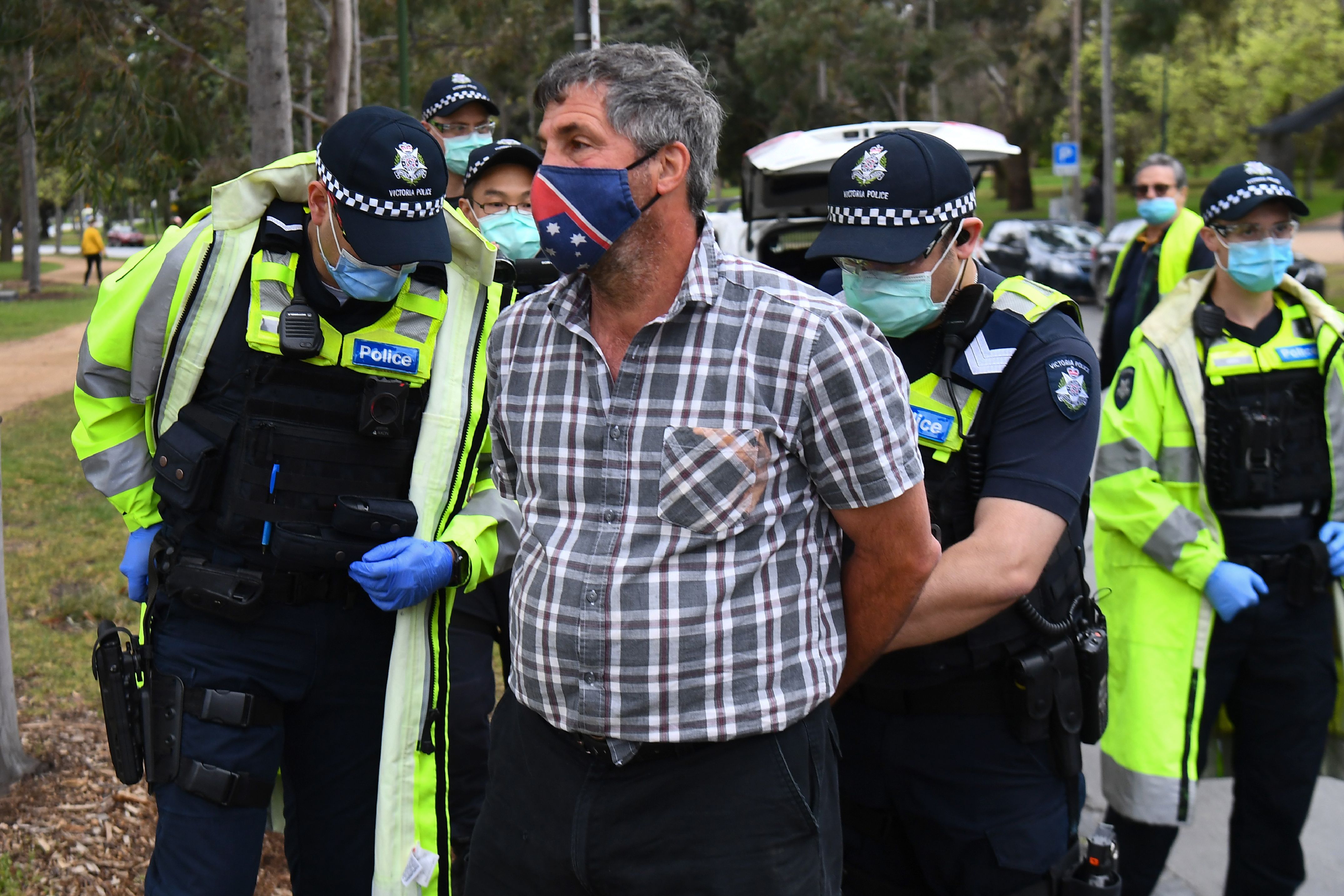

Current infection control measures for COVID-19 impacted the respiratory infections focused on the effects of Center for Disease Control and Prevention (CDC) population-wide data 5, 13, 22, and only a few studies have focused on children over long periods of time 9. We have also previously reported a significant reduction in the incidence of respiratory pathogens post-lockdown, however this measures in a different period, only from September to December (2020) and not year round as described in this study 11. Influenza virus is one of the most concerned seasonal pathogens, a reduction in the number of people infected with the influenza virus in 2020 compared to the previous year was observed in studies from Japan, France, Singapore, Mexico, Hong Kong and Zhejiang province in China 16, 17, 18, 19, 20, 21. Public health measures, such as wearing masks, washing hands, and disinfecting hands with alcohol are effective against various infectious diseases, including rotavirus, norovirus and respiratory infections 10, 12, 13, 14, 15. For specific measures, including the wearing of masks, social distancing, and avoidance of gathering-related activities, refer to the paper published by our group 11. Shenzhen, like most domestic cities in China, has implemented strict COVID-19 prevention and control measures from February 2022. Shenzhen is a large migratory city located in southern China, north of Hong Kong.

It is observed that SARS-CoV-2 measures may also be effective in reducing acute respiratory infectious (ARIs) diseases, such as seasonal influenza, outpatient pneumonia 7, 8, 9, 10. cessation of global travel, mask use, regular hand-sanitizing and hand-washing, physical distancing, avoid gatherings, and staying home) reduced transmission of SARS-CoV-2 1, 2, 3, 4, 5, 6. Subsequent implementation of non-pharmaceutical interventions (e.g. The World Health Organization (WHO) declared the outbreak to be a pandemic on March 11, 2020. In contrast, RSV and HPIV infection increased.Ĭoronavirus disease 2019 (COVID-19), caused by severe acute respiratory syndrome coronavirus 2 (SARS-CoV-2), was first detected in December 2019 in Wuhan. Lockdown measures during the COVID-19 pandemic led to a significant reduction of Mycoplasma pneumoniae, influenza virus A and adenovirus infection. The detection of RSV especially increased in toddlers after the lockdown. However, a 118.7% and 75.8% rise was found for respiratory syncytial virus (RSV) and human para-influenza virus (HPIV) during the 19 months’ post-lockdown in comparison to the pre-pandemic period. There were 99.4%, 16.0% and 1.26% reductions measured for Mycoplasma pneumoniae, influenza virus A and adenovirus, respectively. We observed a 37.3% decline of routine care in respiratory infection associated hospital admission in the 19 months’ post-lockdown vs. A total of 56,325 children under 14 years of age were hospitalized with an acute respiratory infection during the study period, 33,909 were tested from July 2018 to January 2020 (pre-lockdown), 1168 from February 2020 to May 2020 (lockdown) and 21,248 from July 2020 to January 2022 (post-lockdown). Data were analyzed to describe the effects of COVID-19 prevention procedures on other common pathogens. Nasopharyngeal swabs were collected and respiratory pathogens were detected using standardized clinical diagnostics as part of routine care. Clinical and respiratory pathogen data were collected for routine care from hospitalized children with acute respiratory infections in Shenzhen Children’s Hospital from July 2018 to January 2022. We examined the effect of these measures on the prevalence of respiratory pathogens in children.

A range of public health measures have been implemented to suppress local transmission of coronavirus disease 2019 (COVID-19) in Shenzhen.


 0 kommentar(er)
0 kommentar(er)
